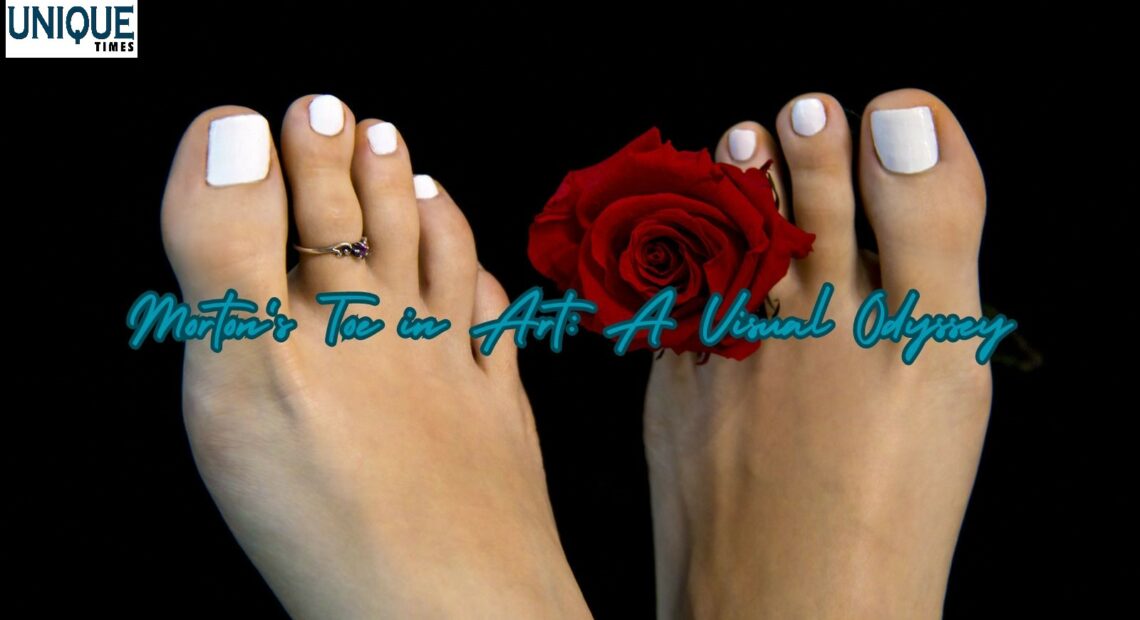Stepping into Art: The Intriguing Morton’s Toe and Its Cultural Impact

Morton’s toe, a condition where the second toe is longer than the big toe, holds a peculiar fascination not only in podiatry but also in the realm of art and culture. From ancient sculptures to iconic monuments like the Statue of Liberty, the prevalence of Morton’s toe sparks curiosity. Let’s explore the intriguing connection between foot anatomy and artistic representation.
- Podiatric Insight:
Morton’s toe, named after orthopedic surgeon Dr. Dudley Joy Morton, is more than just a foot anomaly; it can influence gait and weight distribution. Understanding its prevalence in the population adds a layer of intrigue to its depiction in art.
- Artistic Symbolism:
The depiction of Morton’s toe in art spans centuries and cultures. It’s often associated with beauty and balance in the human form. Many artists intentionally incorporated this anatomical variation to add nuance and visual interest to their creations.
- Statue of Liberty:
One of the most iconic examples of Morton’s toe is found in the Statue of Liberty. The deliberate choice to depict Lady Liberty with an extended second toe adds a subtle yet distinctive touch to the colossal sculpture, sparking conversations about the intention behind this artistic decision.
- Historical Representations:
Morton’s toe can be traced back to classical sculptures and ancient art, where it was often considered an idealized and aesthetically pleasing feature. Examining these historical representations sheds light on cultural perceptions of beauty and symmetry.
- Cultural Significance:
Beyond aesthetics, Morton’s toe has been linked to concepts of balance and proportion. Exploring its representation in various cultures unveils a rich tapestry of beliefs and symbolism associated with this seemingly minor anatomical detail.
- Modern Perspectives:
In contemporary art, Morton’s toe continues to be a source of inspiration for artists seeking to challenge traditional notions of beauty. Its inclusion in modern works reflects evolving attitudes toward diversity and acceptance of natural variations in the human form.
Conclusion:
Morton’s toe, with its artistic prevalence, serves as a fascinating intersection of science and culture. From ancient sculptures to iconic monuments, its representation in art offers a unique lens through which to explore historical ideals of beauty and the evolution of cultural perspectives. As we continue to appreciate art in all its forms, Morton’s toe invites us to celebrate the diversity and uniqueness inherent in the human experience.
Picture Courtesy: Google/images are subject to copyright








